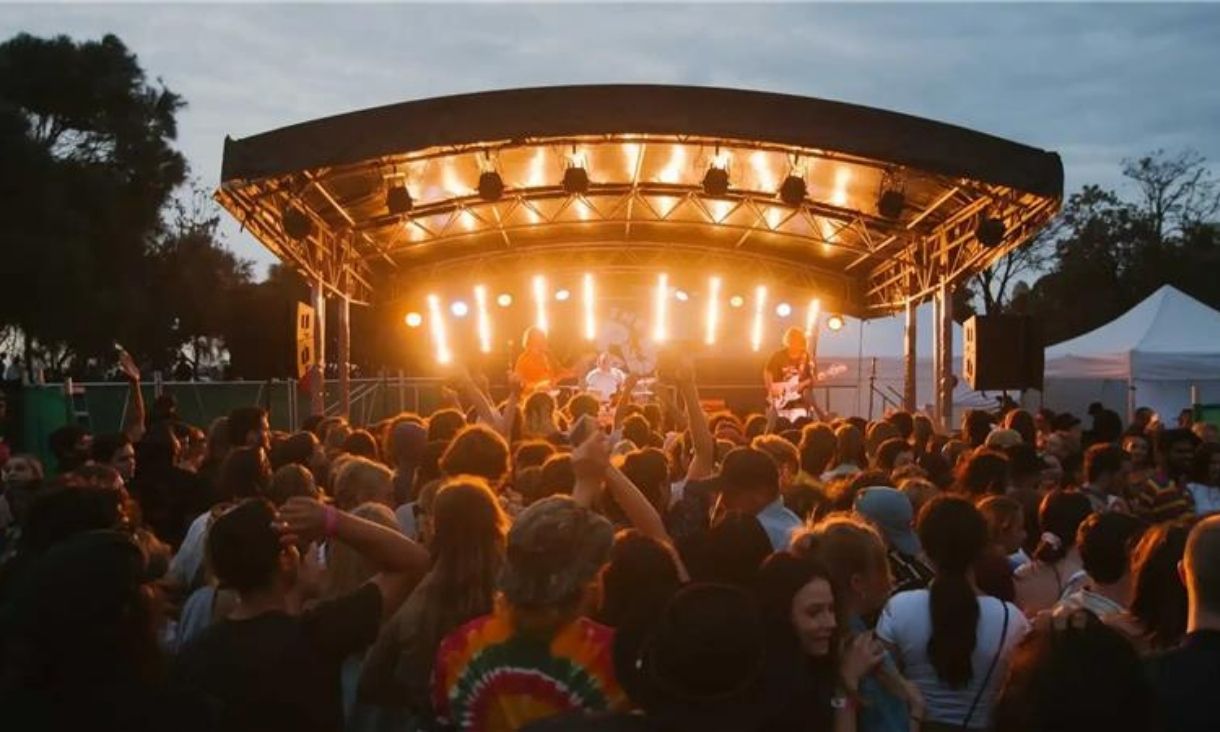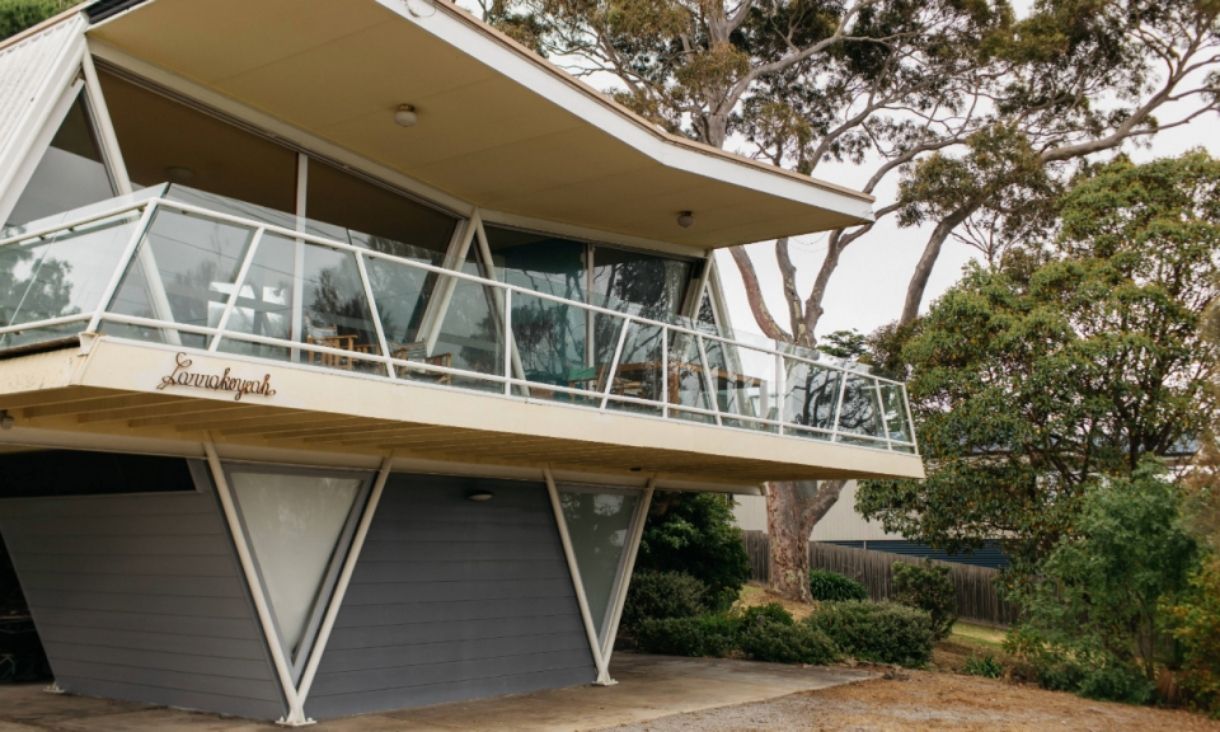Master of Animation, Games and Interactivity student Eamonn Harte created Tram Chaser, a game inside the 10-in-1 Arcade inspired by aspects of Melbourne and city life.
“I thought, what's more Melbourne than running for the tram? So, I made a platformer game about running down the street trying to avoid obstacles so you can get to the tram stop on time,” explained Hart.
“It’s the first time I’ve collaborated with so many different people on one project. I worked with the other students on collating the student games, integrating the art assets to keep the visual style of the games cohesive, and ensure all the games run smoothly.
“It’s also been amazing to see the arcade machines being assembled. It’s one thing to know that you’re making a game to be played on an arcade machine, and then entirely another to have it in front of you and be playing the games with a joystick and buttons.”
Monique Kemboi, also studying a Master of Animation, Games and Interactivity, co-created another game in the 10-in-1 Arcade – Sticky City – and says it’s been great working at The Future Play Lab, despite having little to do with creating games in the past.
“Considering that I had no prior expertise in game creation, it was a privilege to work with others, and I learned so much in the process,” she said.
“I was able to play and gain an understanding of the inner workings of game creation by aiding with the graphic design of several of the Clarendon Street Arcade titles.
“Being a part of an idea's transformation into reality has sparked my interest in game design, and I can't wait to see what else we create.”
The games are water-resistant and respond to the streetscape, acting as spaces to lean, sit, or place a drink, encouraging social play.
The Clarendon Street Arcade is funded thanks to the Victorian Government’s COVIDSafe Outdoor Activation Fund and runs until Sunday 9 October.
RMIT University is ranked as #1 in Oceania and #15 in the world for studies in art and design. Find out how a Master of Animation, Games and Interactivity can bring a vision to life.
The Future Play Lab works across speculative design, creative placemaking and urban play to explore new ways of being in the world.
Story by: Katie Comas







